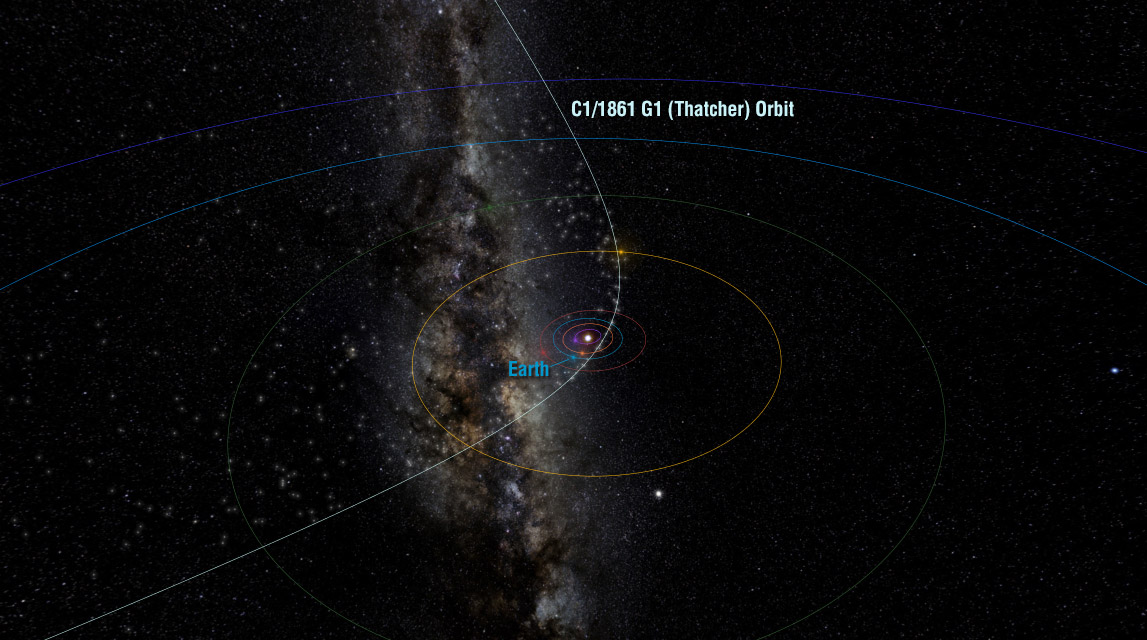
Viewing the Lyrids in 2021
The normal Lyrid display, seen under moonless conditions, usually offers a peak of around 10 meteors per hour in addition to the normal random meteor rate of about 5 per hour.

The normal Lyrid display, seen under moonless conditions, usually offers a peak of around 10 meteors per hour in addition to the normal random meteor rate of about 5 per hour.
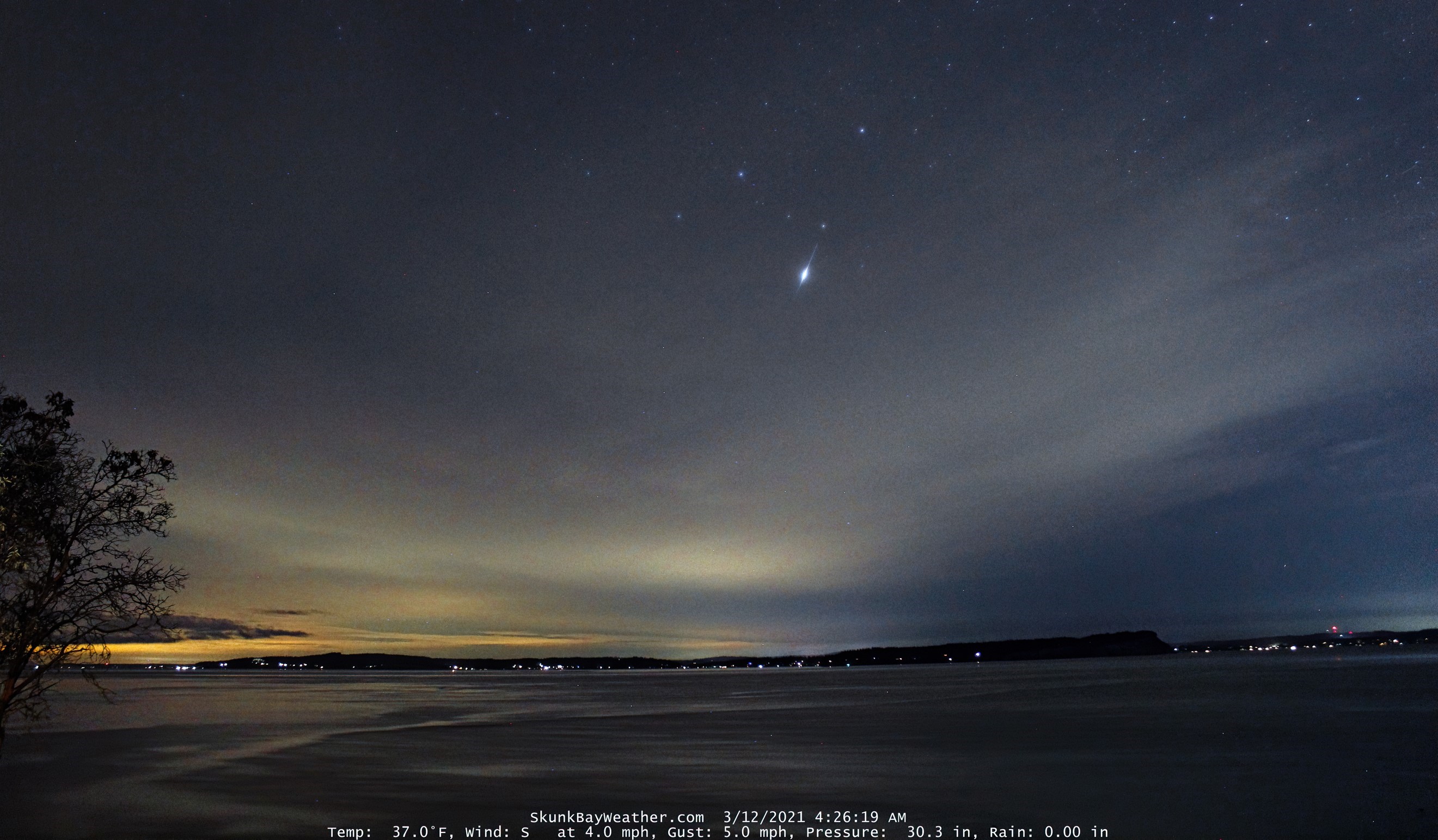
During this period the moon reaches its first quarter phase on Tuesday April 20th. On this date the moon is located 90 degrees east of the sun and sets near 03:00 local daylight saving time (LDST). As the week progresses the waxing gibbous moon will encroach into the late morning sky, limiting the opportunity to view under dark skies.

During this period the moon reaches its last quarter phase on Sunday April 4th. On this date the moon is located 90 degrees west of the sun and rises near 3:00 local daylight saving time (LDST). As the week progresses the moon will rise later each night, providing a growing window of opportunity to view under dark skies between dusk and moonrise.
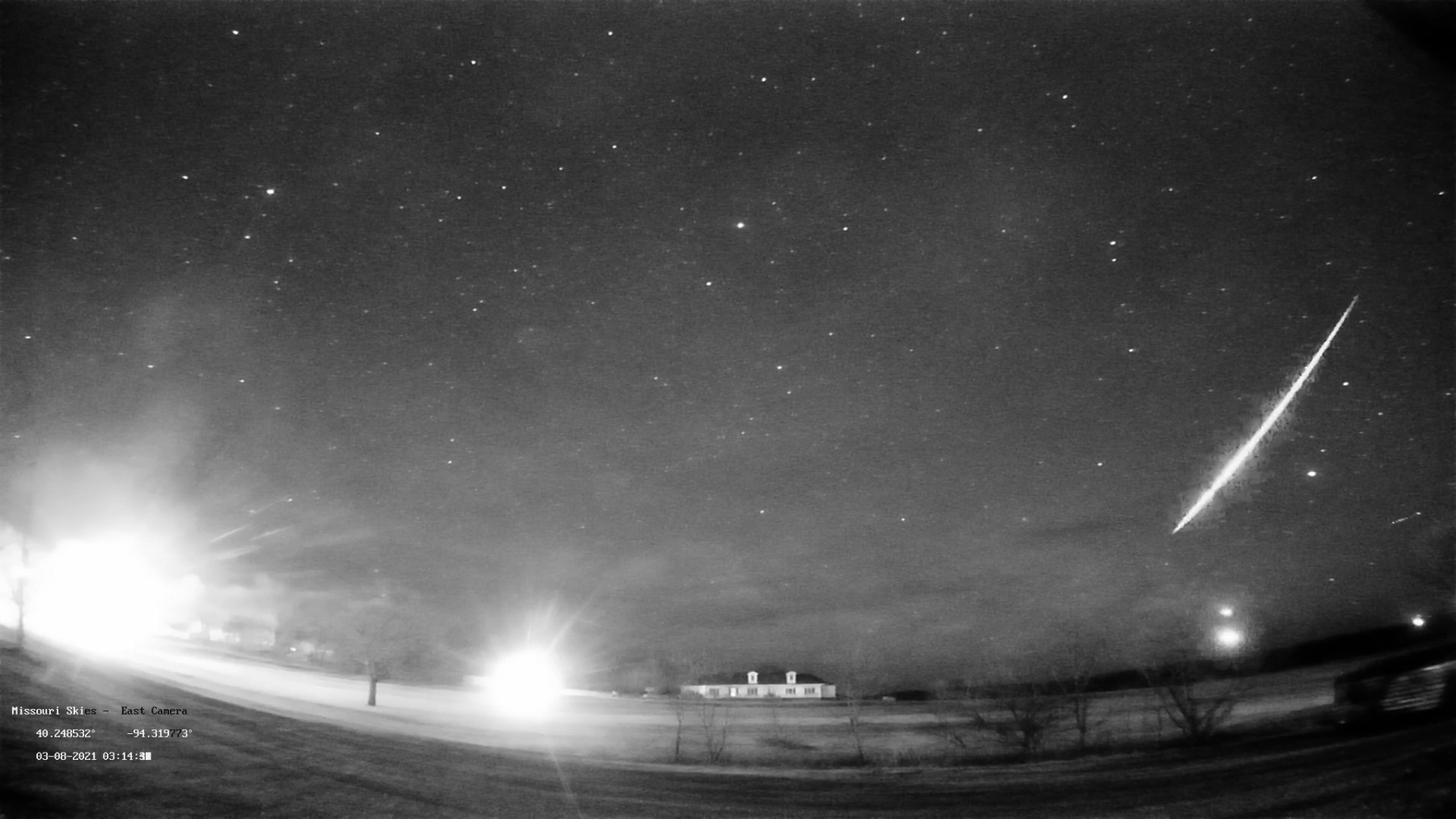
During this period the moon reaches its full phase on Sunday March 28th. On this date the moon is located opposite the sun and remains in the sky all night long. As the week progresses the moon will rise later each night, providing a small window of opportunity to view under dark skies between dusk and moon rise.

The AMS received over a lot of reports of a bright fiery object traveling over Oregon on Thursday, 25 March 2021 around 9pm PDT. It was the remaining of a Falcon 9 second stage from the "Starlink Launch 4" mission launched in February 2020.

Four noticeable fireball events occured during the week-end: one daytime fireball event of the Channel (UK/FR) and 3 over the US (Florida, California & Pennsylvania)

During this period the moon reaches its first quarter phase on Sunday March 21st. On this date the moon is located 90 degrees east of the sun and sets near 02:00 local daylight saving time (LDST). As the week progresses the moon will interfere with the more active hours of the morning sky, especially toward dawn.
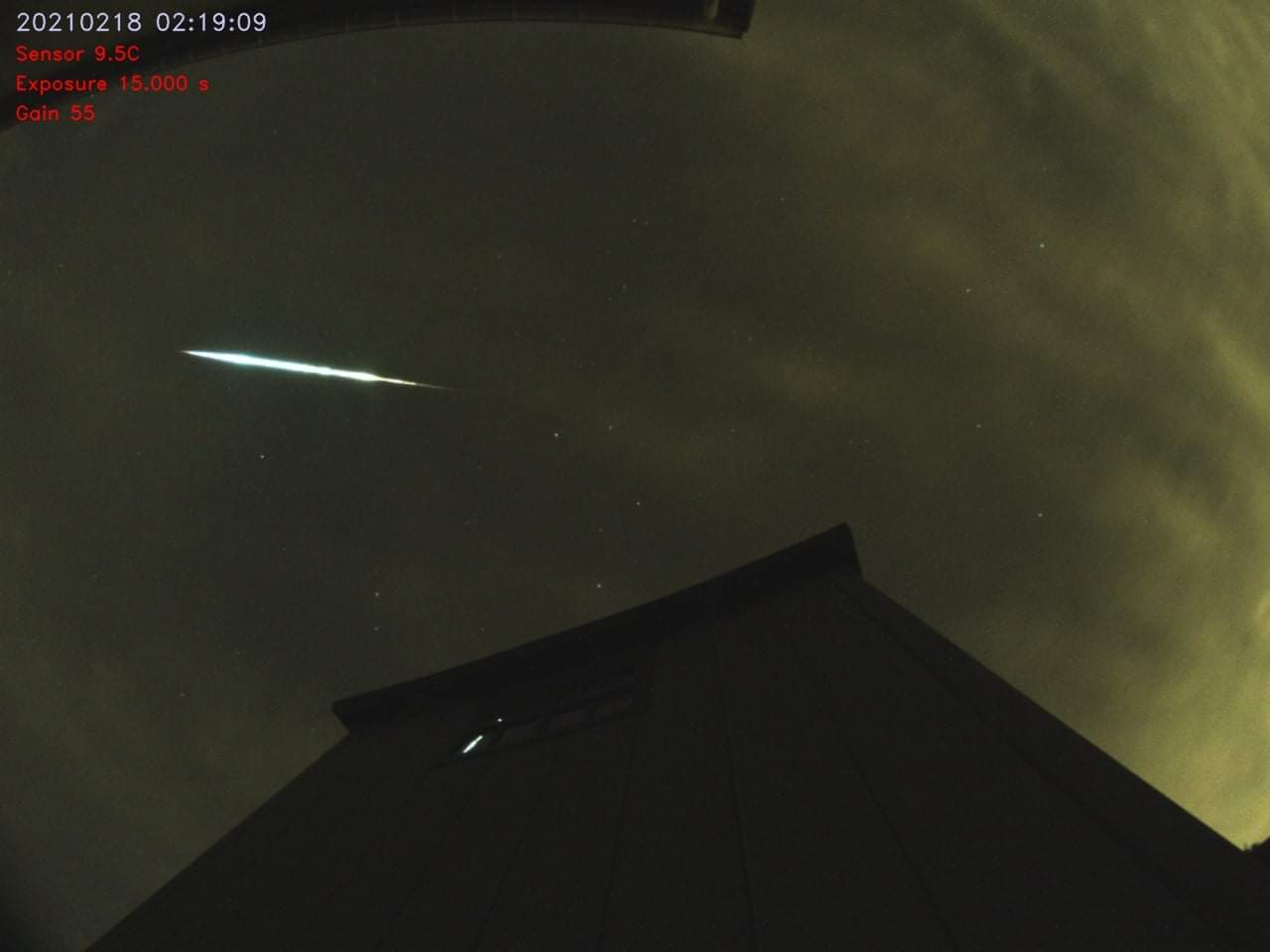
During this period the moon reaches its new phase on Saturday March 13th. On this date the moon is located near the sun and is invisible at night. Later in this period, a waxing crescent moon will enter the evening sky but will not interfere with meteor observing, especially during the more active morning hours.
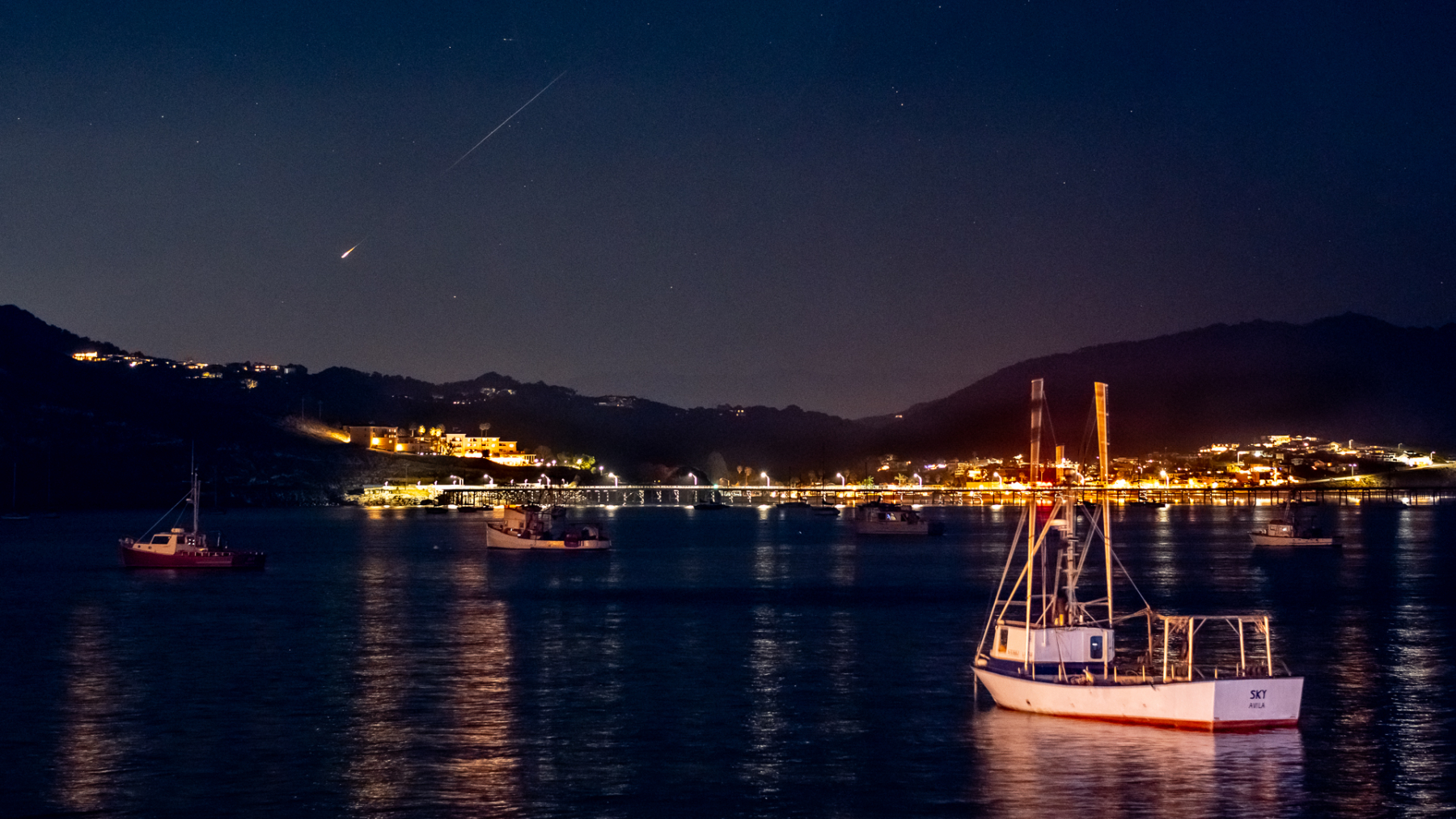
During this period, the moon reaches its last quarter phase on Saturday March 6th. On this date the half-illuminated moon will rise near 2:00 local standard time (LST) and will remain in the sky the remainder of the night. Lunar interference will decrease with each passing night as the moon’s phase wanes and the moon rises later each morning.

During this period, the moon reaches its full phase on Saturday February 27th. This is the worst time of the month to view meteor activity as the bright moon will lie above the horizon all night long. Only the brightest meteors will be visible under such conditions, which will persist all week long.
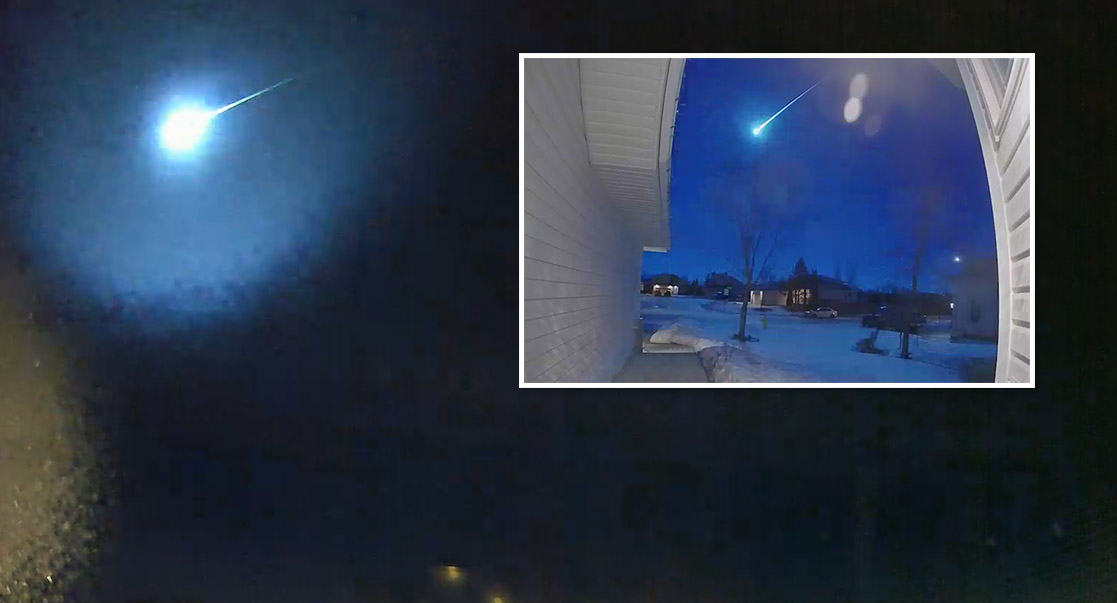
The AMS received more than 500 reports so far about a morning fireball event that occurred over Alberta, Canada on February 22nd, 2021 around 6:23am MST (13:23 Universal Time).
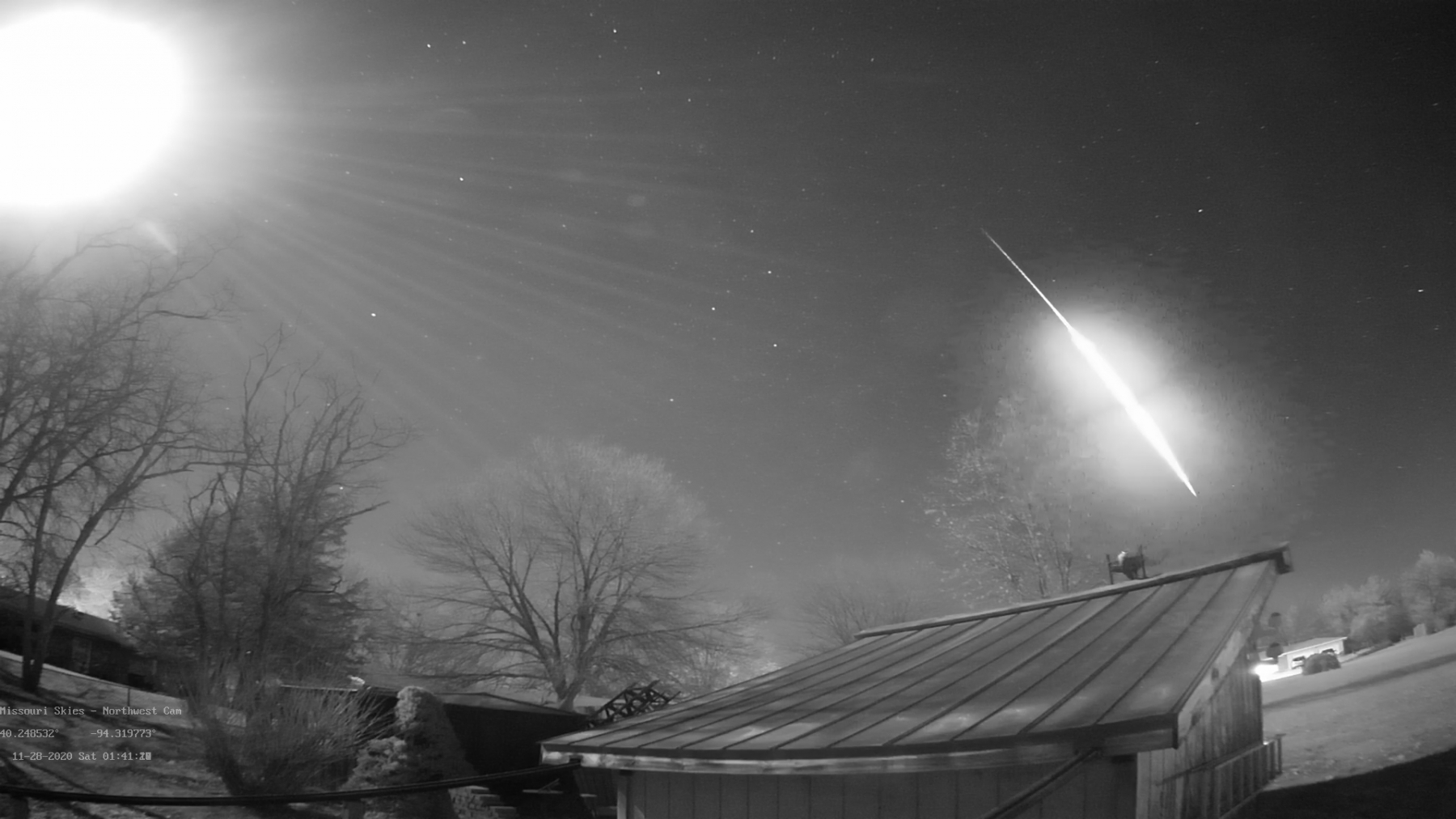
During this period the moon waxes from half-illuminated to full. This weekend the waxing gibbous moon will set during the early morning hours, leaving the remainder of the night free of interfering moonlight. With each passing night this window of dark sky decreases until late in the period the moon will set at the start of morning twilight.

During this period, the moon reaches its first quarter phase on Friday February 19th. This weekend the slender waxing crescent moon will set during dusk, leaving the remainder of the night free of interfering moonlight.

During this period, the moon reaches its new phase on Thursday February 11th. On that date the moon is located near the sun and is invisible at night. This weekend the waning crescent will rise during the early morning hours but will not cause any interference to viewing meteor activity as long as it is kept out of one’s field of view while observing.
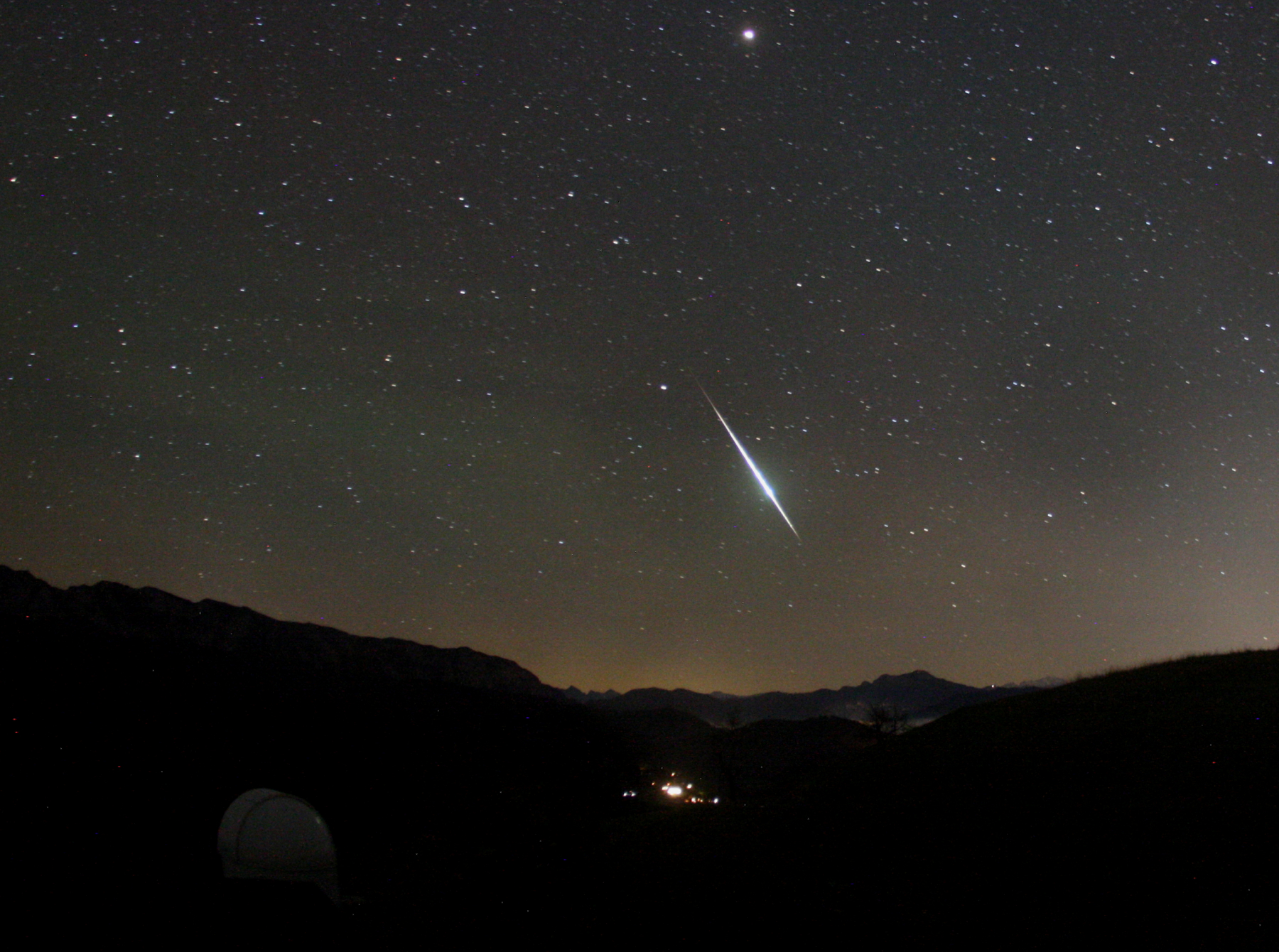
During this period, the moon reaches its last quarter phase on Thursday February 4th. At this time, the half-illuminated moon is located 90 degrees west of the sun, thus it will rise near 01:00 local standard time. This weekend the nearly full moon will rise just after the end of dusk and will lie above the horizon all night long. As lunar interference is present all night long, this is the worst time to try and view meteor activity as the lunar glare will obscure all but the brighter meteors.

During this period, the moon reaches its full phase on Friday January 29th. At this time, the moon is located opposite the sun, thus it will rise as the sun sets and set as the sun rises. This weekend the waxing gibbous moon will set during the early morning hours, leaving a small period of time free from interfering moonlight.
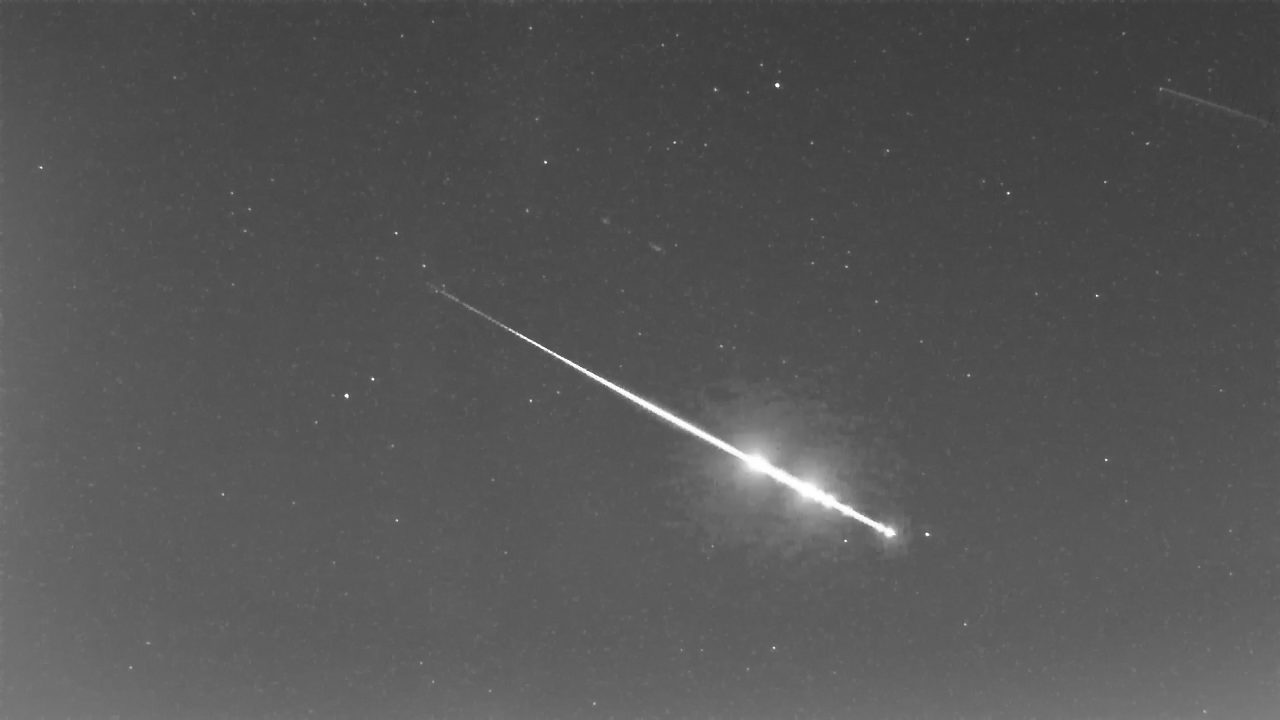
During this period, the moon reaches its first quarter phase on Thursday January 21st. At this time, the moon is located 90 degrees east of the sun in the sky and sets near 0100 local standard time. This weekend the waxing crescent moon will be present in the western sky after dusk but will soon set, leaving the remainder of the night free from interfering moonlight.
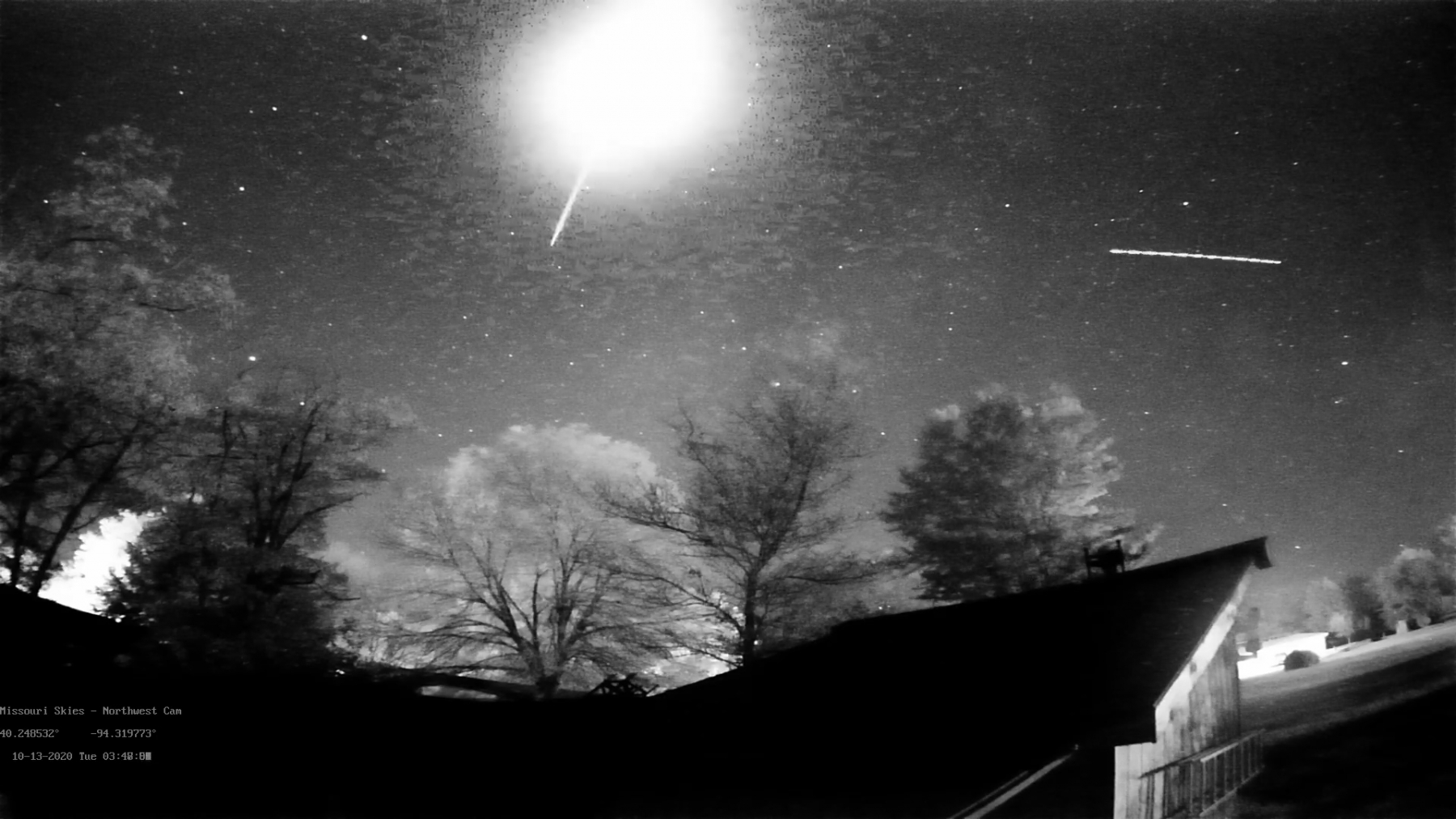
During this period, the moon reaches its new phase on Wednesday January 13th. At this time, the moon is located near the sun in the sky and is invisible at night. This weekend the waning crescent moon will rise during the early morning hours but will not interfere with viewing meteor activity as long as you keep it out of your field of view while observing.

During this period, the moon reaches its last quarter phase on Wednesday January 6th. At this time, the moon is located 90 degrees west of the sun in the sky and will rise near midnight standard time. This weekend the waning gibbous moon will rise during the evening hours and will make it difficult to view any meteor activity the remainder of the night.

The Quadrantids can be one of the strongest displays of the year, yet they are difficult to observe. The main…

During this period, the moon reaches its full phase on Tuesday December 29th. At this time, the moon is located opposite the sun in the sky and will lie above the horizon all night long. This weekend the waxing gibbous moon will set during the morning hours and will leave a small period of time to view under dark conditions between moon set and dawn.